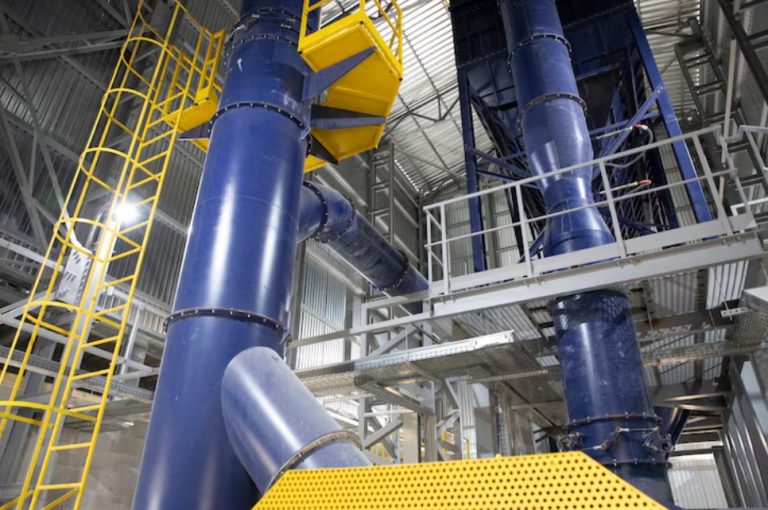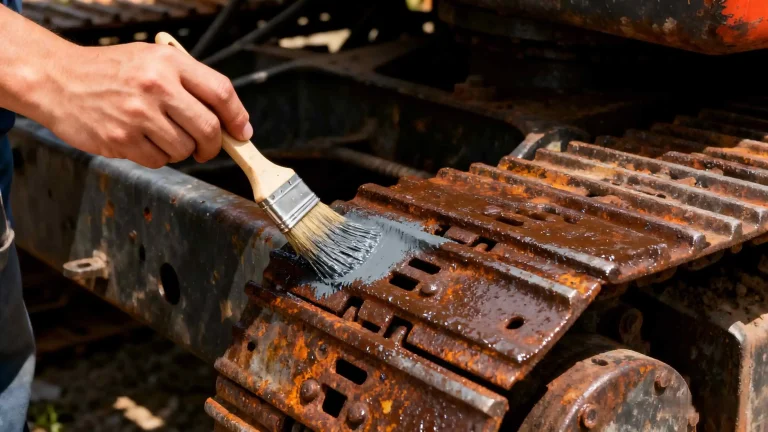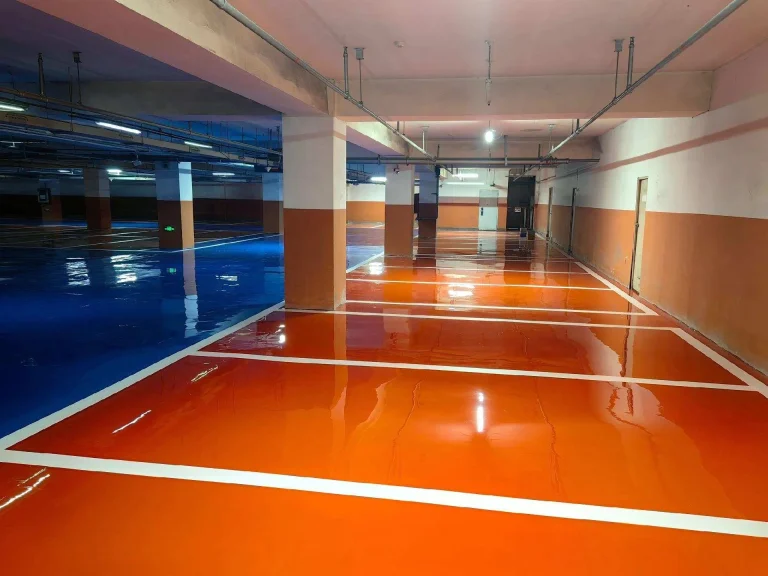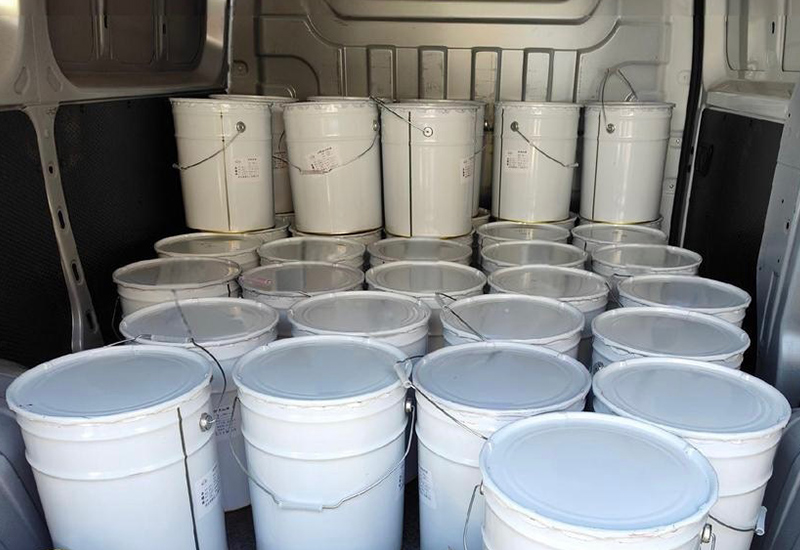
Ever wondered how some metal parts keep their cool—or rather, handle the heat—without falling apart? That’s where heat resistant coatings come in. These unsung heroes protect surfaces in brutal high-temperature settings, from roaring engines to industrial furnaces. If you’re in manufacturing or just curious about materials that defy the odds, stick around. We’ll dive into the world of heat resistant coatings, breaking down the types, what makes them tick, and why they’re a game-changer. Yeah, it’s a hot topic, pun intended.
What Are Heat Resistant Coatings?
Heat resistant coatings are basically tough paints engineered to shield materials from extreme heat. They don’t just sit there; they actively prevent things like oxidation, corrosion, and thermal breakdown. Picture this: without them, a car exhaust pipe might rust out after a few thousand miles, leading to costly fixes and downtime.
These coatings typically blend resins, pigments, and additives that hold up under temperatures soaring past 200°C, sometimes hitting 800°C or more. They’re not your average house paint—they’re built for punishment. In industries where heat is constant, like automotive or petrochemicals, they extend equipment life and cut maintenance headaches. And get this: according to market reports, the global heat resistant coatings scene was worth about $6.23 billion back in 2022, with projections to climb to $9.41 billion by 2030. That’s a steady 5.23% annual growth, driven by booming industrialization in places like Asia-Pacific.
But why bother? Well, in a world pushing for efficiency, these coatings mean less waste and more reliability. I’ve seen cases where uncoated pipes in a factory warped after months of exposure, but slap on the right coating, and they chug along for years. It’s practical stuff.
The Different Types of Heat Resistant Coatings
Now, let’s get to the meat: the different types. Not all heat resistant coatings are created equal—they vary based on their base materials, which dictate how they perform. We’ll explore a few common ones, drawing from real-world formulations used in heavy-duty apps.
Silicone-Based Heat Resistant Coatings
These are the workhorses, often made with organic silicone resins. They shine in environments up to 800°C, resisting not just heat but also chemicals and UV rays. Think of them as a flexible shield that doesn’t crack under pressure.
What sets them apart? Strong adhesion and no peeling, even with thermal expansion. In practice, they’re sprayed on thinly after prepping the surface—grind it clean to show that metal shine, mix in some diluent, and apply. Bake at 280°C for 15 minutes, or let it air-dry if you’re in a pinch. I’ve chatted with folks in auto shops who swear by this for exhaust systems; it keeps colors stable and surfaces protected during those high-rev runs.
But hey, they’re not perfect—thicker applications can lead to issues, so keep it light.
Epoxy-Based Heat Resistant Coatings
Epoxy types mix resins with hardeners for a rock-solid bond. They’re great for moderate highs, say 200-500°C, and excel in corrosion resistance. Unlike silicones, they form a denser film, ideal for parts facing both heat and moisture.
In industrial settings, you’ll see them on pipelines or engine components. One drawback? They might not handle direct flames as well as silicones. Still, for cost-effective protection, they’re solid. Data from industry pros shows they can double equipment lifespan in corrosive spots.
Ceramic and Inorganic Silicate Coatings
These inorganic options, often silicate-based, push boundaries beyond 800°C. They’re like armor plating—ceramic particles create a barrier against oxidation. No organics here, so less risk of breakdown at peak temps.
Applications? High-heat industrial gear, where they prevent chalking or discoloration. They’re pricier, but worth it for extreme scenarios. A quick aside: I once read about a petrochemical plant swapping to ceramics and slashing downtime by 30%. Impressive, right?
To compare, here’s a simple table on these types:
| Type | Max Temperature | Key Strengths | Common Drawbacks | Best For |
| Silicone-Based | Up to 800°C | Flexible, UV-resistant, easy apply | Can be sensitive to thickness | Automotive exhausts, engines |
| Epoxy-Based | 200-500°C | Strong corrosion barrier | Less flame-tolerant | Pipelines, moderate heat parts |
| Ceramic/Inorganic | 800°C+ | Extreme durability, no organics | Higher cost | Industrial furnaces, petrochemicals |
This isn’t exhaustive—hybrids exist too—but it gives you a snapshot of the world of heat resistant coatings.
Key Features and Benefits of Heat Resistant Coatings
What makes these coatings worth the hype? Let’s break it down with some bullet points for clarity.
- Temperature Endurance: They laugh at heat that would melt lesser materials. No discoloration or peeling, even in direct flames.
- Durability Boost: Strong adhesion means they stick through vibrations, impacts, and cycles of hot and cold. This translates to longer gear life—think extending an exhaust system’s run from 5 to 10 years.
- Corrosion and Oxidation Shield: In harsh spots like chemical plants, they block rust and wear, saving bucks on repairs.
- Eco-Friendly Angles: Many modern formulas are low-VOC, aligning with global regs. Less emissions, happier planet.
- Versatility: From thin sprays to brush-ons, they fit various setups. Plus, they maintain aesthetics— no chalky mess.
Benefits aren’t just lab talk. In automotive manufacturing, applying these can cut failure rates by 40%, per some studies. And honestly, who doesn’t love avoiding those unexpected breakdowns on a long drive?
Applications in Various Industries
Heat resistant coatings pop up where heat’s a factor, but let’s focus on the big players without getting too domestic.
In the automotive world, they’re essential for exhaust pipes and engine parts. Imagine a motorcycle tearing down the highway—its exhaust hits insane temps, but the coating keeps it intact, no color fade or flaking. Real cases show coatings holding at 800°C, ensuring smooth performance.
Petrochemicals rely on them for pipes and reactors facing constant heat and corrosives. Aviation uses them on turbine components, where failure isn’t an option. Defense? High-vibe, high-heat gear like vehicle engines.
Industrial equipment, like boilers or incinerators, benefits too—coatings prevent damage, keeping operations humming. One example: a factory upgraded their pipelines with silicone-based stuff and saw maintenance drop sharply. It’s about reliability in tough spots.
Oh, and a side note: with Asia’s industrial boom, demand here is skyrocketing, fueling that market growth I mentioned earlier.
Market Trends and Future Outlook
The heat resistant coatings market is heating up—sorry, couldn’t resist. Growth at 5-6% yearly through 2030, thanks to industrialization and stricter enviro rules. Asia-Pacific leads, with China and India ramping up production.
Trends? Shift to low-VOC, sustainable options. Tech advances mean higher temp limits and better formulas. Expect more hybrids blending silicone and ceramics for ultimate performance.
Future-wise, as electric vehicles rise, coatings will adapt for battery heat management. It’s evolving fast—stay tuned.
How to Choose the Right Heat Resistant Coating
Picking one isn’t rocket science, but consider these:
- Temp Needs: Match the max heat—don’t skimp.
- Environment: Corrosives? Vibrations? Factor ’em in.
- Application Ease: Spray or brush? Check compatibility.
- Cost vs. Longevity: Cheaper might fail sooner.
- Supplier Support: Go for ones with solid after-sales, like testing or custom tweaks.
Test samples in your setup. I’ve heard stories of mismatched coatings leading to headaches—better safe than sorry.
Introducing Konaz: Your Trusted Supplier
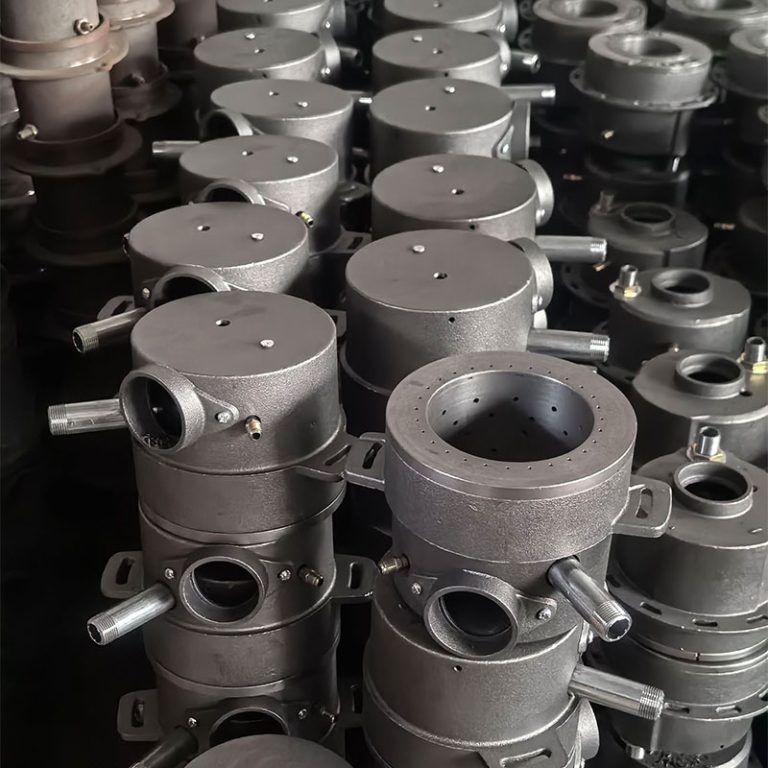
If you’re exploring the world of heat resistant coatings, Konaz stands out as a go-to supplier. Based in Foshan, China, they’ve been cranking out advanced functional coatings for over 15 years. Their heat resistant line, like organic silicon paints, handles up to 800°C with no fuss—perfect for automotive and industrial needs.
What I like? They focus on innovation, with a 3,000 sqm factory pumping out 1,000 tons yearly. Exports worldwide, backed by quality service like 24/7 support and custom formulations. They’re all about efficiency and eco-responsibility, helping clients nail performance without breaking the bank. Check their site for more.
Conclusion
Wrapping up, diving into the world of heat resistant coatings reveals a fascinating mix of science and practicality. From silicone-based standouts to ceramic powerhouses, these coatings keep industries running hot but safe. With growing markets and tech tweaks, they’re set to evolve. Whether you’re tweaking an engine or scaling production, the right coating makes all the difference.
FAQs
What are the main types when exploring the world of heat resistant coatings?
When exploring the world of heat resistant coatings, you’ll find silicone-based for flexibility up to 800°C, epoxy for corrosion in moderate heat, and ceramic for extreme temps. Each suits different needs, like auto parts or industrial gear.
How do heat resistant coatings perform in automotive applications?
In cars, they protect exhausts and engines from oxidation and peeling at high temps. Real-world tests show they extend life significantly, though always prep surfaces properly for best adhesion.
Are heat resistant coatings environmentally friendly?
Many modern ones are low-VOC, meeting global standards. They’re a step toward greener manufacturing, reducing emissions while delivering tough protection.
What’s the temperature range for silicone-based heat resistant coatings?
Typically 200-800°C, with strong resistance to UV and chemicals. Great for harsh spots, but apply thinly to avoid issues—I’ve seen that tip save folks trouble.
How is the market growing for heat resistant coatings?
It’s expanding at about 5.23% yearly, hitting $9.41 billion by 2030. Driven by industry growth in Asia, it’s a solid space for innovation.

